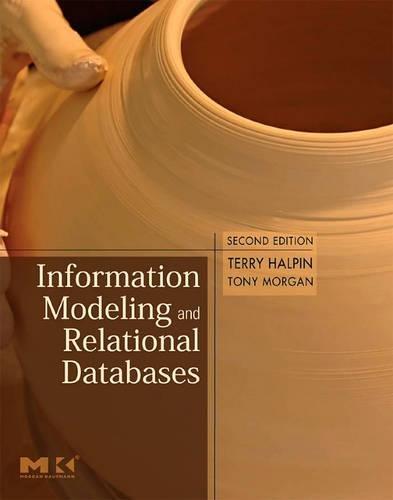Question
Stacks and Java 1. Using Java design and implement a stack on an array. Implement the following operations: push, pop, top, size, isEmpty. Make sure
Stacks and Java
1. Using Java design and implement a stack on an array. Implement the following operations: push, pop, top, size, isEmpty. Make sure that your program checks whether the stack is full in the push operation, and whether the stack is empty in the pop operation. None of the built-in classes/methods/functions of Java can be used and must be user implemented.
Practical application
1: Arithmetic operations. (a) Design an algorithm that takes a string, which represents an arithmetic operation, as input and checks whether or not the brackets are correct (balanced) or incorrect (unbalanced). The input string may contain a combination of the following characters: {,},[,],(,),0,1,2,3,4,5,6,7,8,9,+,-,*,/. An obvious hint for this algorithm is to use the stack based solution, and hence you can use the stack implemented in #1. Your algorithm must not check the correctness of the arithmetic operators/operands, but only check for balanced brackets. Your algorithm should also show an error message when the string contains a character that is not one of those listed above. Provide the pseudocode of the algorithm.
(b) Implement the algorithm of (a) in your favorite programming language. Run the program in several cases, including the following (more examples to be asked when the assignment is submitted):
i. (9*[3*{[(3+3)/5]*7}])
iii. ((3*(9-(4*(6-5))))
ii. {3*(2+[3-[4/[6/9]]]})
iv. {2-{3*{6/[[[(((9-0)))]]]}}/7}
(c) Assuming an input string of size n: (i) what is the worst-case time that your algorithm takes to decide whether or not the string is correct (balanced) or incorrect (unbalanced)? (ii) Why? Give your answers in terms of the O-notation.
3. Practical application
2: Context-free language recognizer.
(a) Design an algorithm that recognizes (accepts) strings of the following context-free language: L = {0n 1 n : where n 1}. That is, strings that contain a number of zeros followed by the same number of ones. Examples of strings in the language are: 01, 0011, 000111, etc. Strings that are not in the language are, for example, 10, 00, 111, 1100, 0101, and many more. The algorithm should take a string of 0s and 1s as input and output Yes if the string belongs to the language, and No if the string doesnt belong to the language. The algorithm should use a stack. When it reads a 0 from the string, it pushes 0 onto the stack. When it reads a 1, it checks if the stack has a 0, in which case that 0 is popped from the stack. When the stack is empty and the end of the string is reached, the string is recognized as correct (Yes). Otherwise, the string is not in the language (No).
(b) Implement the algorithm of (a) in your favorite programming language and run it on different strings as follows: 01, 000111, 00000001111111, and 10, 00, 00111, 0101, and others.
(c) Assuming an input string of size n: (i) what is the worst-case time that your algorithm takes to decide whether or not the string belongs to the language? (ii) Why? Give your answers in terms of the O-notation. (d) [2 bonus marks] Run your algorithm on strings of lengths n = 2, 4, 8, 16, 32, , 220 . Compute the running time in nanoseconds and draw a table with the results. Draw a table or a plot of the results for different values of n and compare the results obtained with the complexity you found in (c). Note: if all (or most of) the running times become 0, try running the program 1,000 times and compute the average.
Please include comments so I can understand what the code does and what points. Thank You
Step by Step Solution
There are 3 Steps involved in it
Step: 1

Get Instant Access to Expert-Tailored Solutions
See step-by-step solutions with expert insights and AI powered tools for academic success
Step: 2

Step: 3

Ace Your Homework with AI
Get the answers you need in no time with our AI-driven, step-by-step assistance
Get Started


